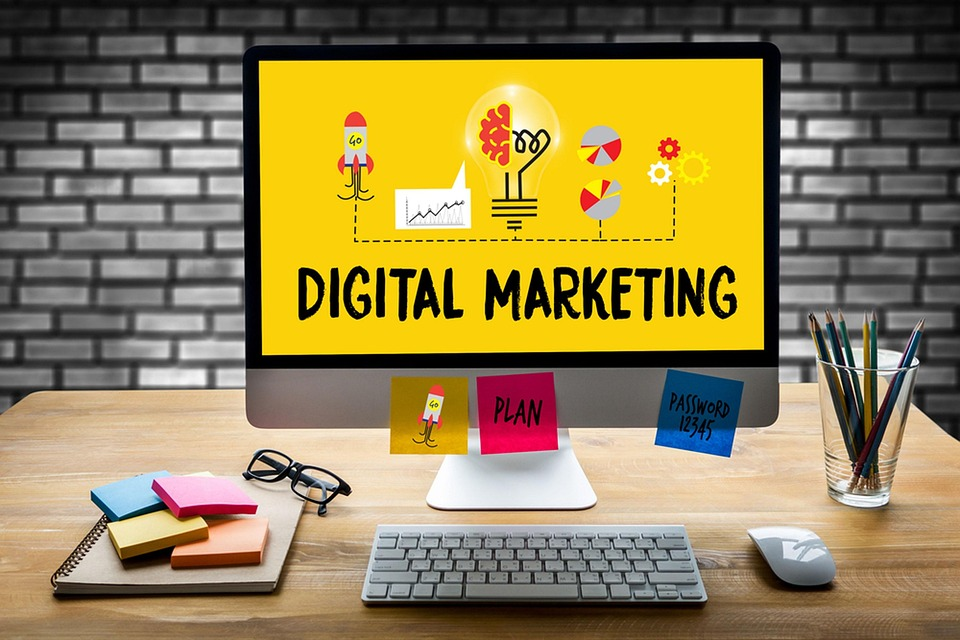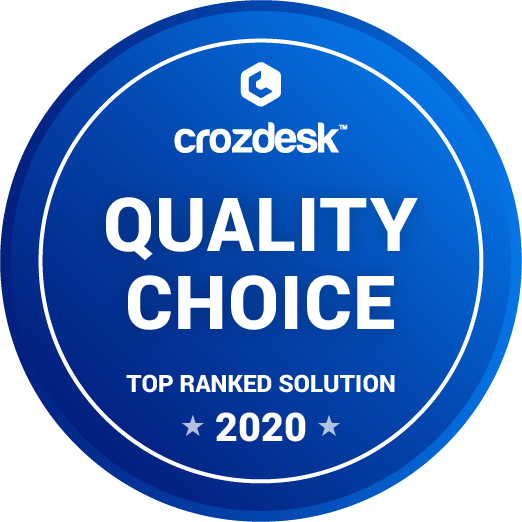
In the fast-paced world of digital marketing, there’s one thing that can make or break your success: workflow. Whether you’re launching a product, promoting a seasonal sale, or nurturing leads, the way your campaign is built and executed matters just as much as the message itself.
As marketers increasingly rely on data to make decisions, traditional campaign planning methods can quickly become outdated. Modern marketing demands a smarter, more streamlined approach—one that makes room for agility, testing, and measurable outcomes.
Before diving into campaign creation, it’s essential to develop a digital marketing plan that aligns with your goals, audience insights, and available data, which is a crucial step in the broader online marketing process. That’s the foundation. From there, building a better campaign workflow becomes much more manageable.
Let’s walk through what that looks like—and how you can apply it to your marketing strategy.
Every successful campaign starts with clarity. If your team isn’t aligned on what the campaign is meant to achieve, it’s easy to waste time and resources.
Whether it’s lead generation, sales conversions, or brand awareness, your workflow should be tailored around specific, measurable objectives. And more importantly, you need a way to track progress.
Use SMART goals to stay focused:
- Specific – Define exactly what you’re trying to accomplish.
- Measurable – Ensure you can quantify success with data.
- Achievable – Be realistic about what’s possible given your timeline and resources.
- Relevant – Align goals with your brand’s broader mission or marketing objectives.
- Time-bound – Set a clear deadline.
Also, decide which KPIs to track from the beginning. For example, a lead generation campaign might focus on cost per lead (CPL), while an e-commerce campaign may monitor return on ad spend (ROAS).
Pro Tip: Share your goals across teams (design, content, paid media) so everyone works toward the same outcome.
2. Know Your Audience—Really Well
Understanding your audience is the cornerstone of data-driven marketing. Without it, even the best campaign ideas can fall flat.
Dive deep into your customer data to identify patterns in behavior and preferences. This helps you craft campaigns that feel personal—even whenou’re reaching thousands of people. y
Ways to segment your audience:
- Demographics – Age, gender, income, location
- Psychographics – Interests, lifestyle, motivations
- Behavioral data – What pages they visit, how often they buy, what emails they click
Example:
A B2B software company might run separate campaigns for IT managers and C-suite executives, even though they’re selling the same product. The messaging and value proposition are just tailored to each persona.
Quick Tip: Use retargeting ads and dynamic content to create more customized experiences for each segment.
3. Map Out the Workflow from Start to Finish
Once your goals and audience are defined, it’s time to build the actual workflow. This step ensures that everyone knows what needs to happen, when, and by whom.
Think of your workflow as a roadmap. It keeps things organized and prevents tasks from falling through the cracks.
Typical campaign workflow steps:
- Planning – Set clear timelines, assign roles, and establish KPIs.
- Content Creation – Write copy, design creatives, or shoot video.
- Review & Approvals – Route assets to stakeholders for feedback.
- Launch – Push campaigns live across email, social, web, or paid ads.
- Monitor – Use real-time dashboards to track performance.
- Optimize – Make data-informed adjustments during the campaign.
Example Tool Stack:
Use Asana for task management, Figma for creative collaboration, and Slack for daily check-ins.
Tip: Add buffer time into each phase so the team has room for unexpected delays or last-minute changes.
4. Choose Tools That Work Together (Not Against You)
You don’t need dozens of tools—just the right ones that work well together.
Disjointed tech stacks create confusion and slow down your campaign. An integrated set of tools ensures a smoother handoff between strategy, execution, and reporting.
Helpful integrations to consider:
- Your CRM (like HubSpot or Salesforce) should connect to your email marketing platform
- Analytics tools (Google Analytics, Looker Studio) should integrate with ad platforms
- Project management tools (ClickUp, Trello) should sync with calendars and communication apps
Bonus Tip: Invest time in onboarding and documenting how each tool fits into your campaign workflow. This pays off in speed and consistency down the line.
5. Leave Room for Testing and Iteration
One of the biggest advantages of data-driven marketing is the ability to test, learn, and optimize in real time.
Campaigns don’t have to be perfect out of the gate. What matters is your willingness to adjust based on what the data tells you.
Easy ways to test:
- A/B test email subject lines, ad headlines, or landing page layouts
- Try different CTAs for various audience segments
- Experiment with timing, frequency, and budget distribution
Tip: Keep a “testing log” so your team learns from past campaigns and builds a knowledge base over time.
6. Don’t Skip the Post-Campaign Review
Many marketers jump straight to the next big project—but reviewing past campaigns is where real growth happens.
A good post-campaign review uncovers what worked, what didn’t, and what you can improve next time.
Your review should include:
- Performance metrics vs. goals
- Audience behavior insights
- Budget efficiency
- Creative analysis (what visuals or messages resonated most)
- Lessons learned and recommended changes
Quick Win: Create a standard reporting template that includes visuals (charts, graphs) so it’s easy to digest and share with stakeholders.

Wrapping Up: Build Smarter, Not Just Faster
Campaign success isn’t just about speed—it’s about focus, clarity, and the ability to adapt. By building a structured workflow rooted in data, you can spend less time on guesswork and more time driving results.
Here’s the good news: you don’t have to overhaul your entire process at once.
Start by improving just one area:
- Tighten your content review process
- Automate performance reporting
- Add A/B tests to your email campaigns
- Clarify KPIs before you write a single line of copy
As you apply these small changes, you’ll start to see a ripple effect across your campaigns. Better collaboration, faster turnarounds, more consistent performance—and yes, better ROI.
In today’s marketing world, data is power—but workflow is the engine. Put both to work, and you’ll be unstoppable.
Raghav is a talented content writer with a passion to create informative and interesting articles. With a degree in English Literature, Raghav possesses an inquisitive mind and a thirst for learning. Raghav is a fact enthusiast who loves to unearth fascinating facts from a wide range of subjects. He firmly believes that learning is a lifelong journey and he is constantly seeking opportunities to increase his knowledge and discover new facts. So make sure to check out Raghav’s work for a wonderful reading.




